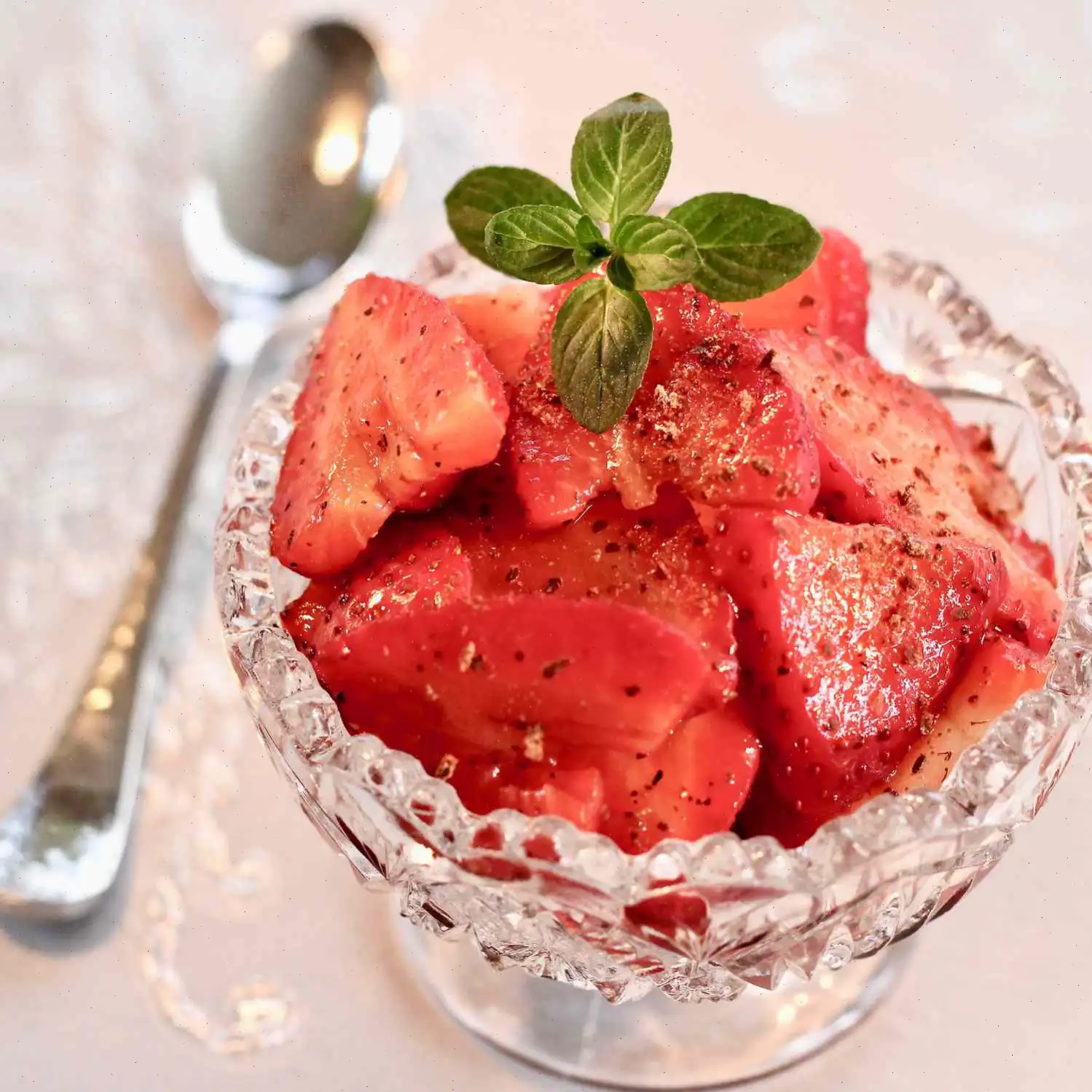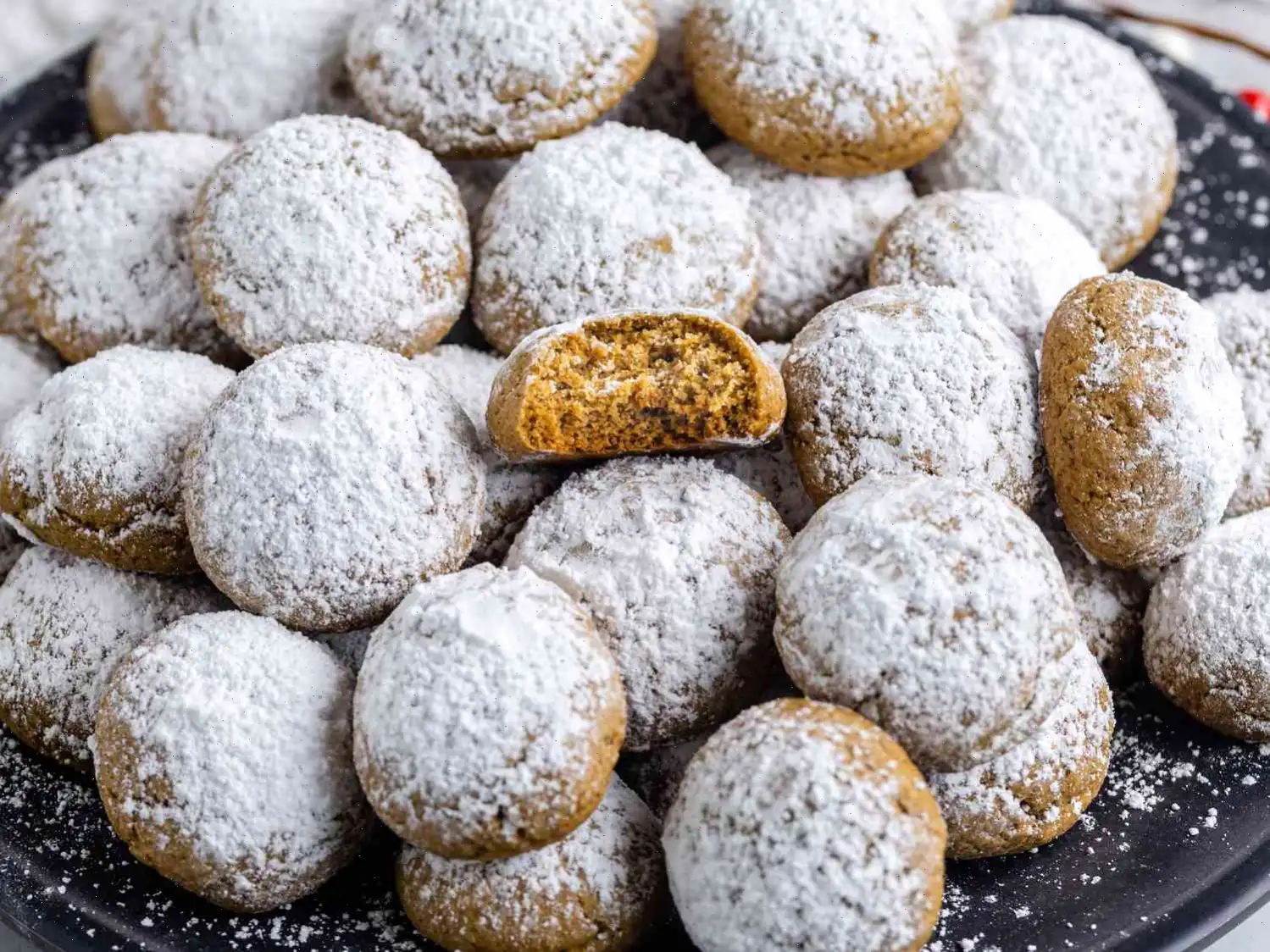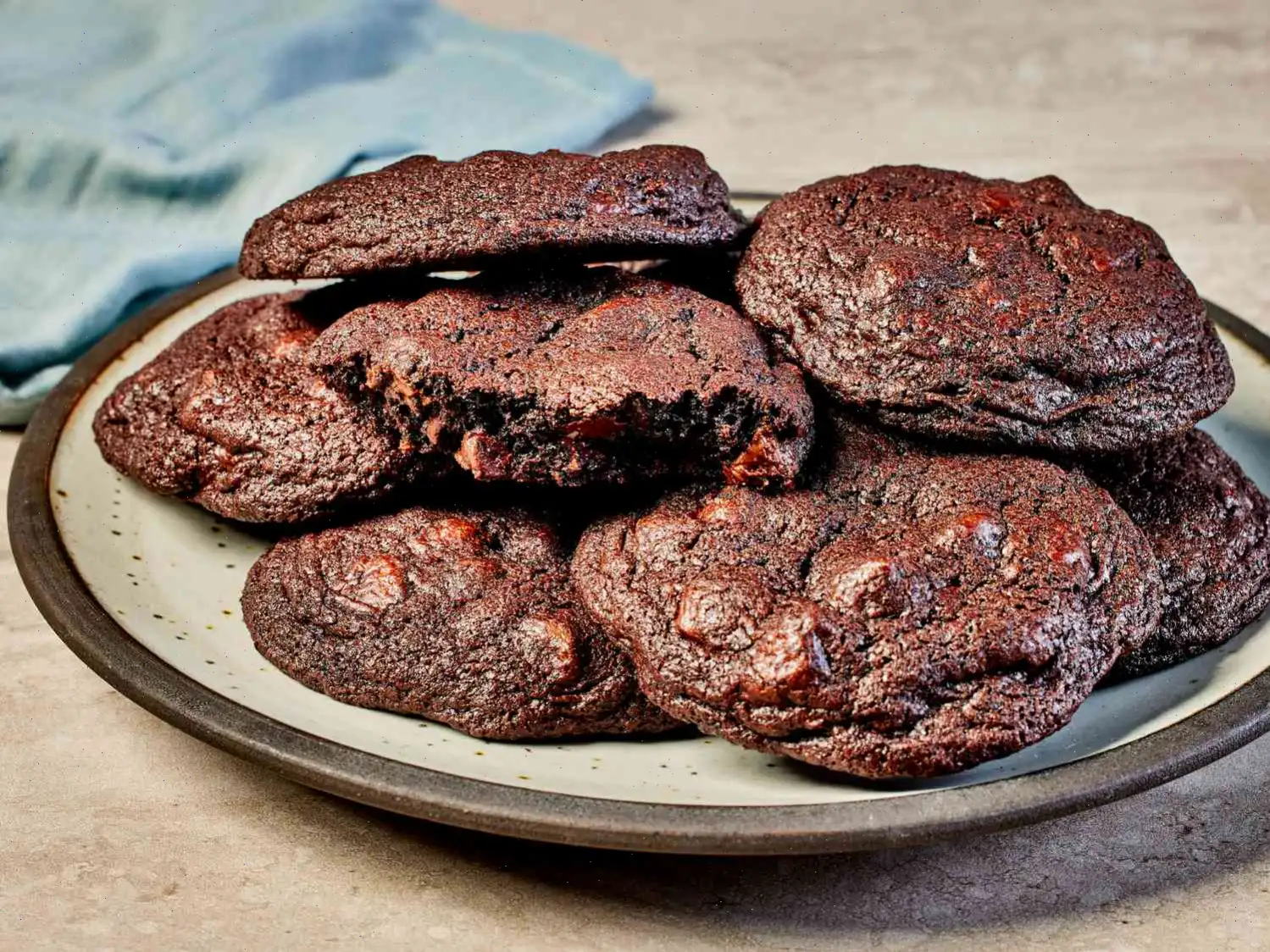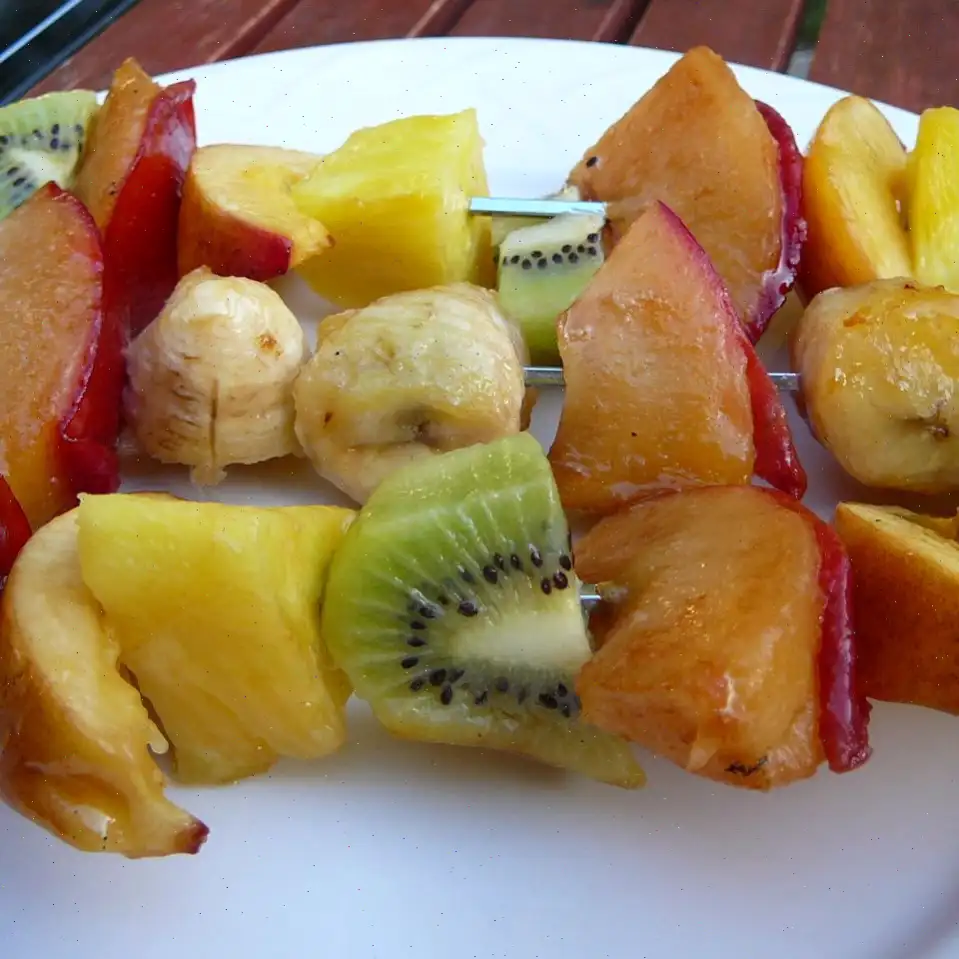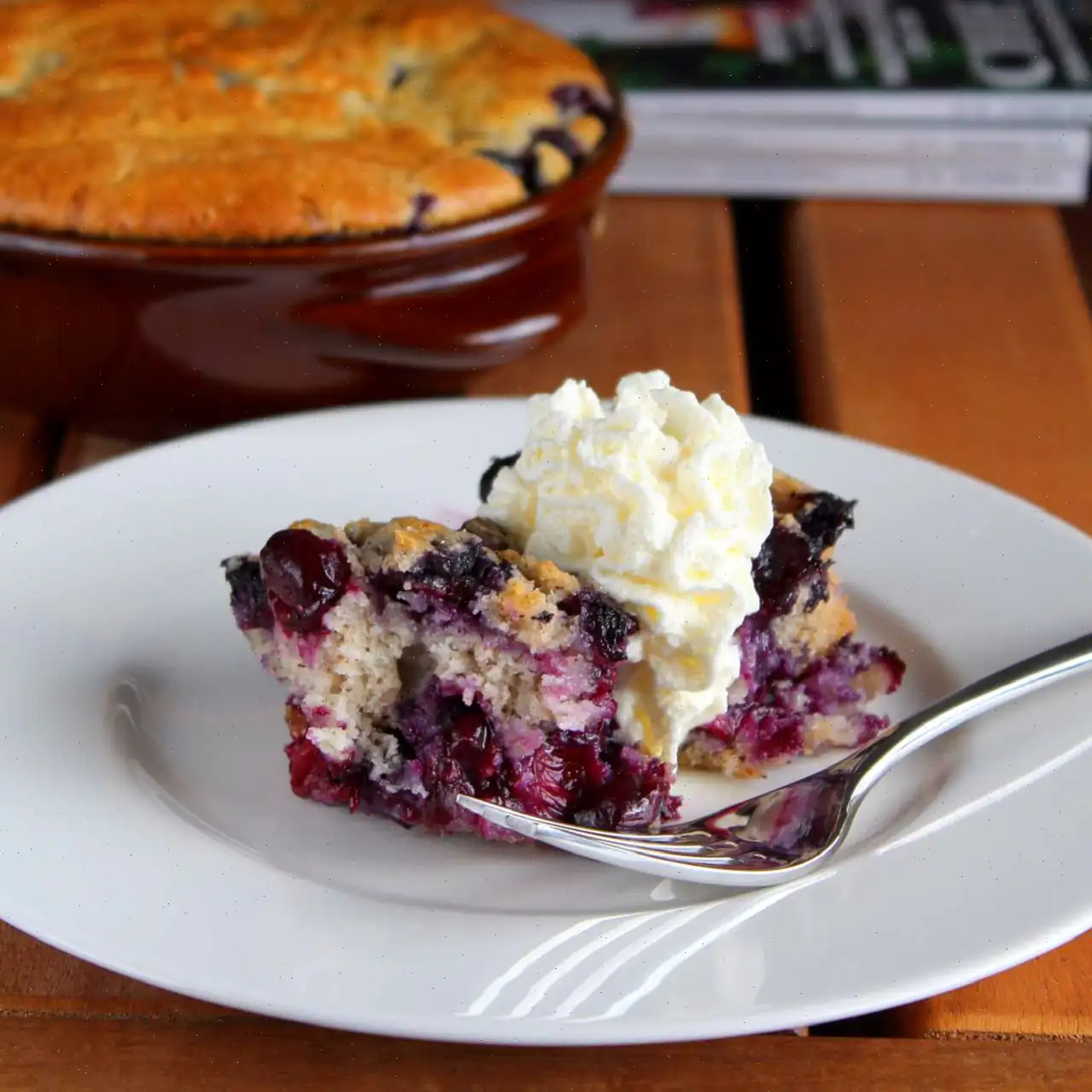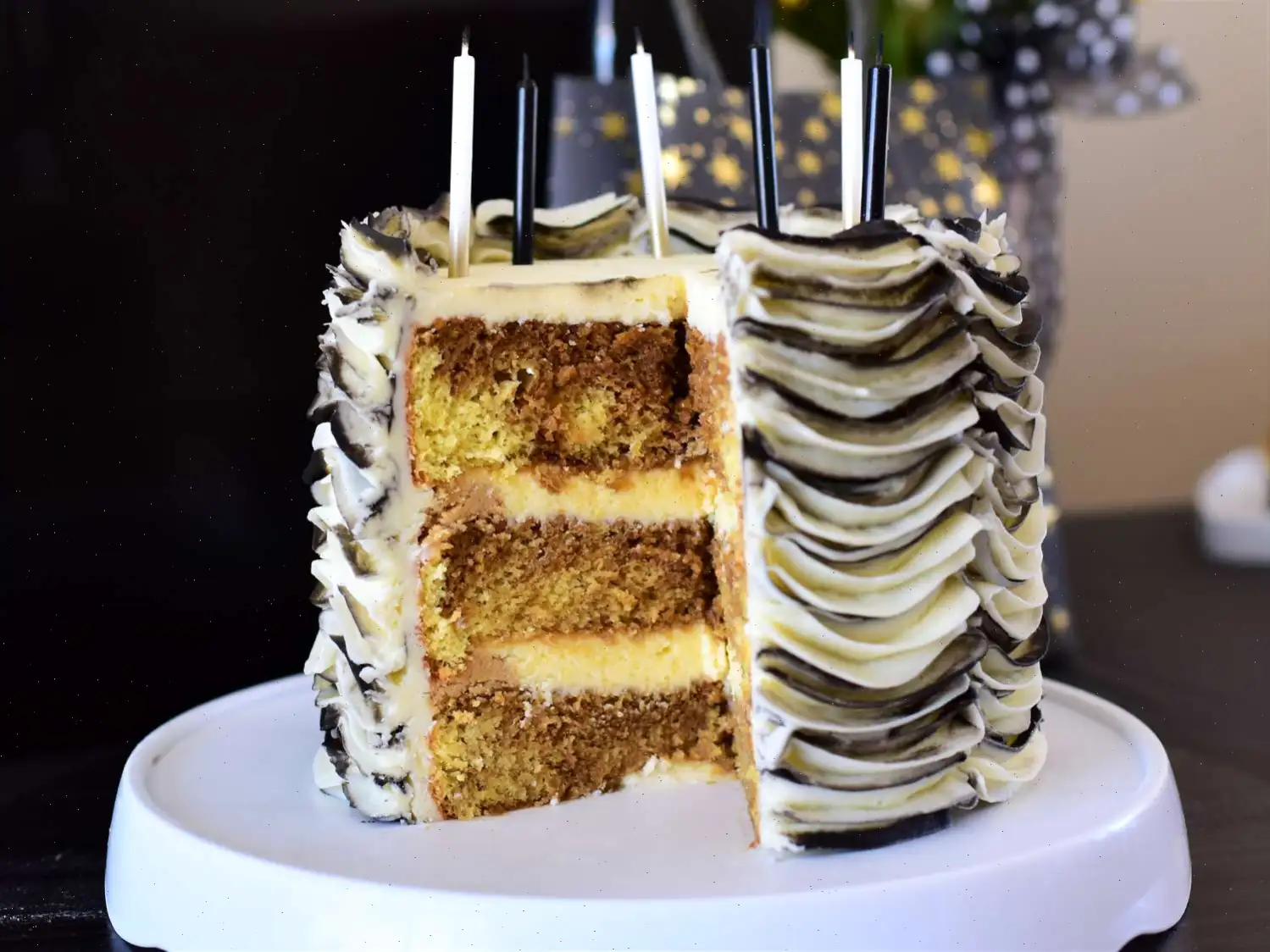
Maple Pudding Recipe
Maple Pudding
Ingredients
- 2 tablespoons cornstarch
- 1/2 teaspoon ground cinnamon
- 1/4 teaspoon ground nutmeg
- 1/4 teaspoon salt
- 4 large egg yolks
- 1 cup pure maple syrup
- 2 cups half-and-half
- 2 tablespoons unsalted butter
- 1 teaspoon maple extract
- 1 teaspoon vanilla extract
Directions
Step 1: In a medium saucepan, whisk together the cornstarch, cinnamon, nutmeg, and salt.
Step 2: Add the egg yolks and maple syrup to the mixture, whisking until smooth and well combined.
Step 3: Gradually pour in the half-and-half, continuing to whisk constantly until the mixture is completely incorporated.
Step 4: Cook over low heat, whisking continuously, for about 10 minutes, until the mixture thickens.
Step 5: Once thickened, remove the saucepan from heat. Stir in the butter, maple extract, and vanilla extract, mixing until the butter is fully melted and incorporated.
Step 6: Pour the pudding mixture through a fine mesh strainer set over a bowl. Use a spatula to press the mixture through the sieve, ensuring smooth consistency.
Step 7: Cover the pudding with a piece of plastic wrap, ensuring the wrap touches the surface to prevent a skin from forming. Refrigerate for at least 4 hours to allow the pudding to set.
Cook's Note
For best results, use only pure maple syrup, not pancake syrup. You can substitute whole milk for the half-and-half, and if you prefer a smoother texture, feel free to omit the ground spices or use a cinnamon stick during cooking, remembering to remove it before chilling.
Nutrition Facts (per serving)
| Nutrition | Amount | % Daily Value |
|---|---|---|
| Calories | 345 | 17% |
| Total Fat | 16g | 21% |
| Saturated Fat | 9g | 47% |
| Cholesterol | 193mg | 64% |
| Sodium | 193mg | 8% |
| Total Carbohydrate | 43g | 16% |
| Dietary Fiber | 0g | 1% |
| Total Sugars | 36g | |
| Protein | 7g | 14% |
| Vitamin C | 1mg | 1% |
| Calcium | 167mg | 13% |
| Iron | 1mg | 4% |
| Potassium | 274mg | 6% |
* Percent Daily Values are based on a 2,000 calorie diet. Your daily values may be higher or lower depending on your calorie needs.
Maple pudding is a rich and indulgent dessert, deeply rooted in the culinary traditions of North America, particularly in regions where maple syrup is a key ingredient. This pudding is made with pure maple syrup, egg yolks, and a creamy mixture of half-and-half and butter, which results in a smooth, silky texture thats hard to resist. The unique, natural sweetness of maple syrup is what sets this dessert apart, giving it a warm, comforting flavor that evokes the cozy seasons of autumn and winter.
History of Maple Pudding
The origins of maple pudding can be traced back to the early European settlers in North America, who discovered the rich, sugary sap of maple trees, which Indigenous peoples had been harvesting for centuries. Maple syrup became a vital part of the diet, particularly in New England and parts of Canada. The idea of incorporating maple syrup into desserts, like puddings, came naturally as it was an accessible, flavorful sweetener. Maple pudding, in particular, reflects the deep connection between the land and the people who lived on it, celebrating the natural bounty of the maple tree.
Regional Variations
While the core ingredients of maple pudding remain consistent, regional variations exist. In the northeastern United States and Canada, where maple syrup is harvested in large quantities, maple puddings are often made with freshly tapped syrup, adding an earthy, complex sweetness to the dish. In these regions, maple pudding is commonly served during the colder months, often as a comforting after-dinner treat or as part of a festive holiday spread. Some variations may include the addition of spices such as cinnamon or nutmeg, further enhancing the cozy, autumnal flavor of the dessert.
Differences from Similar Dishes
Maple pudding distinguishes itself from other custard-like desserts by using maple syrup as the primary sweetener instead of sugar. This gives it a unique depth of flavor, with hints of woodiness and earthiness that other puddings made with traditional sweeteners lack. Unlike a classic vanilla or chocolate pudding, which may use a higher ratio of milk or cream, maple puddings richness comes from the butter and syrup, creating a denser and more luxurious texture. Additionally, many puddings may incorporate heavy cream, but maple pudding often uses half-and-half for a slightly lighter consistency.
Where Its Typically Served
Maple pudding is a popular dessert in Canada, particularly in Quebec, and in the northern United States, especially in New England and the Upper Midwest. It is often served during special occasions like Thanksgiving or Christmas, as well as in everyday home cooking. Youll also find it featured in many American and Canadian diners or cafes, where it is often served in individual portions in small bowls. Maple pudding is commonly enjoyed as a sweet finish to a hearty meal, especially one with roasted meats or seasonal vegetables.
Interesting Facts
- Maple syrup is the only syrup that is produced in North America, primarily in Canada and the northeastern United States.
- The sap of the maple tree is tapped in early spring, during a short window when the temperatures rise above freezing during the day and drop below freezing at night. This cycle is essential for the sap to flow.
- Maple syrup was historically used as a substitute for honey and sugar by Native Americans long before European settlers arrived in North America.
- In Canada, the sugar maple tree (Acer saccharum) is considered a national symbol, and the country produces around 70% of the worlds maple syrup.



